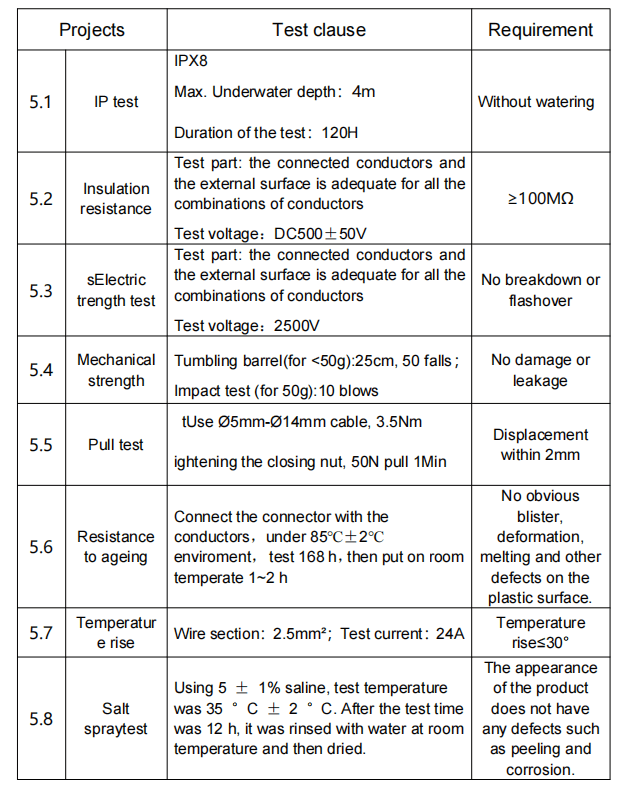For the many types and varieties of electric connectors, how to choose the right electric connector issues, this article briefly describes the three basic properties of electric connectors, structure and classification, so that we have a basic understanding of the connector. Through the understanding of the connector, combined with the actual use of the situation to choose superior performance, applicable connectors.
Introduction
Electric connectors, also known as electric connector, electric connector for short, is an indispensable device for electronic and electrical equipment, it is responsible for the transmission of current and voltage or optical signals, playing a bridging role, its application is very broad, in aerospace, automotive, industrial, medical and other industries have applications. It is a device that provides quick connection and disconnection of wire and cable ends and consists of two parts: the free end connector and the fixed end connector. Fixed-end connectors, also known as sockets, installed in the panel and base (can not be installed) of the passive part; free end connectors, also known as plugs, with fixed-end connection with the active part of the connection nut or other locking device.
electric connectors of the three main performance
The traditional electric connectors need to achieve three major performance, namely mechanical performance, electrical performance and environmental performance.
Mechanical performance
As far as the connection function is concerned, the plugging force is an important mechanical performance. Insertion force is divided into insertion force and extraction force (also known as separation force), the relevant standards specify the maximum insertion force and minimum separation force, that is, the insertion force should be small, and separation force if too small, it will affect the reliability of the contact.
Another important mechanical performance is the mechanical life of the electric connector. Mechanical life is actually an indicator of durability. It takes one insertion and one extraction as a cycle, after the specified insertion and extraction cycle, no damage to the mechanical and electrical properties harmful to the use of the electric connector.
Electrical performance
The main electrical properties of the connector including contact resistance, insulation resistance and electrical strength
(1) contact resistance: high-quality electric connectors should have a low and stable contact resistance, which ranges from a few milliohms to tens of milliohms.
(2) insulation resistance: is a measure of electric connectors between the contact parts and between the contact parts and the shell insulation performance indicators, the order of magnitude of hundreds of megohms to thousands of megohms ranging.
3) electrical strength: or dielectric withstand voltage, voltage resistance, is a characterization of the electric connector between the contact parts or between the contact parts and the shell to withstand the rated test voltage capacity.
(4) other electrical properties: for example, electromagnetic interference leakage attenuation, it is the evaluation of the connector’s electromagnetic interference shielding effect. For RF coaxial connectors, there are also characteristic impedance, insertion loss, reflection coefficient, voltage standing wave ratio and other electrical indicators. Due to the development of digital technology, in order to connect and transmit high-speed digital pulse signal, the emergence of a new type of connector that high-speed signal connector, accordingly, some new electrical indicators, such as crosstalk, transmission delay, time lag, etc..
But the mechanical performance of the product you can trust, we have gone through nine kinds of tests before our products will be sold, plugging force up to 3000 times, stable performance, our purpose is to make the world’s electrical connections safer and more convenient!


9.jpg)

0 Comments